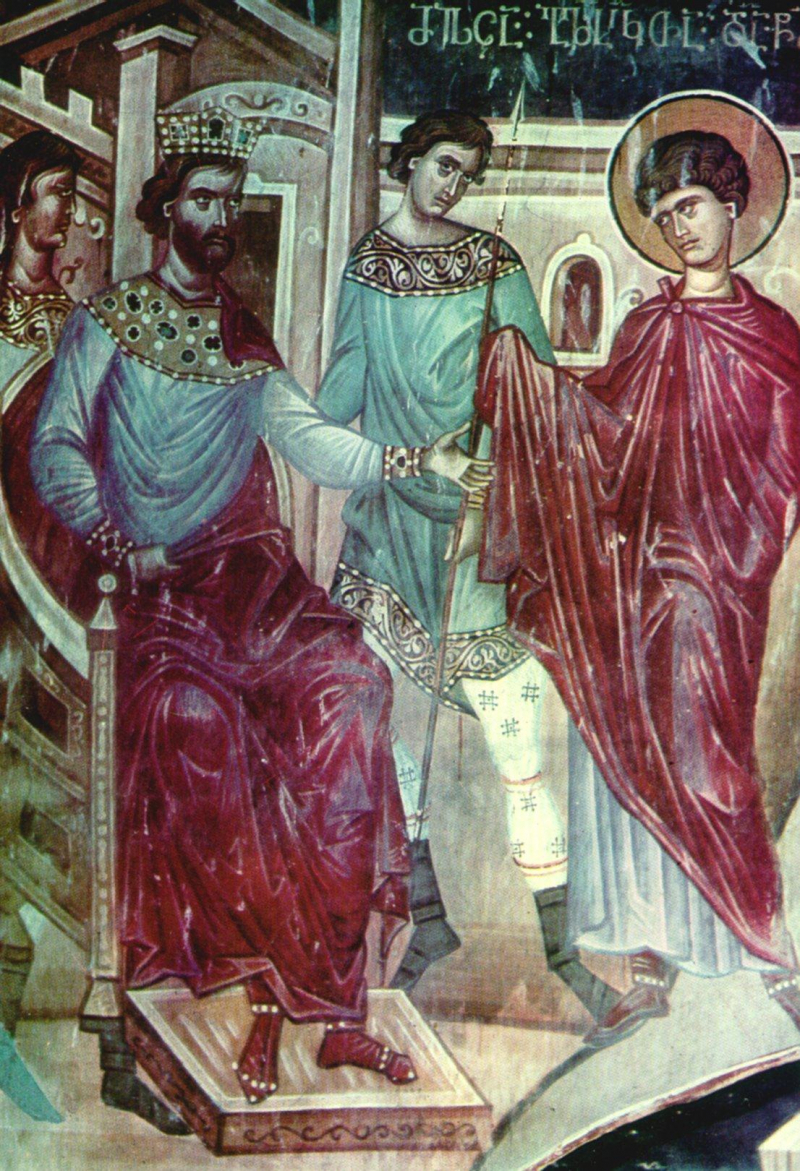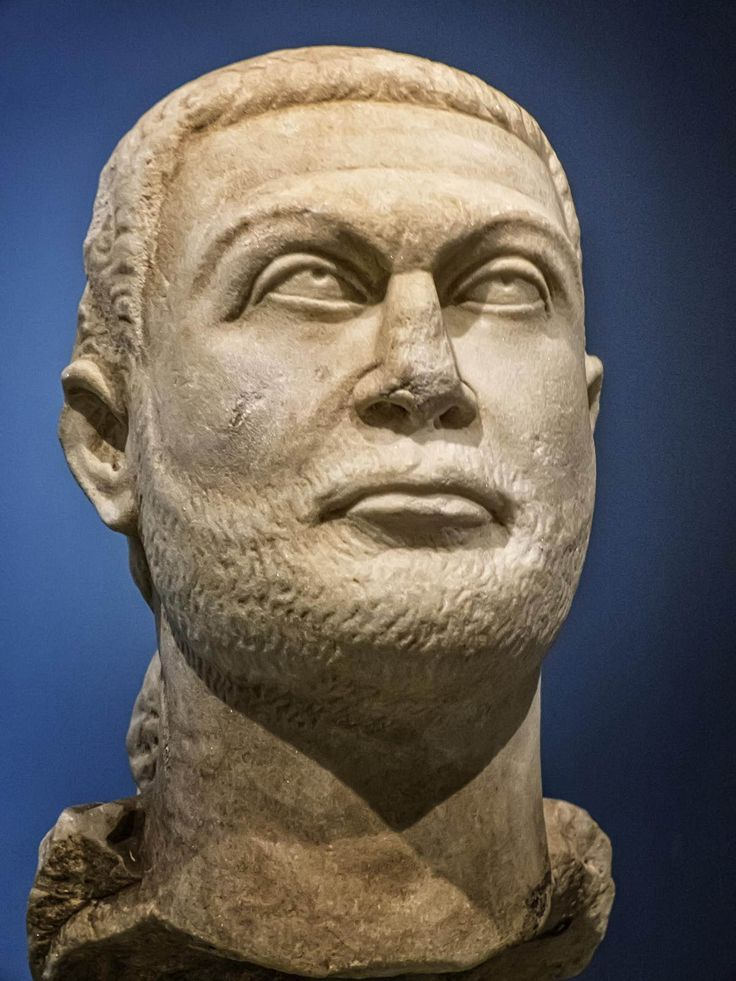Diocletian renounced his throne
One of the most interesting facts about Diocletian is that he willingly abdicated as Roman Emperor on May 1, 305, as a result of ongoing health issues. To ensure that he could spend his final days in the Palace of Diocletian in Split, he had previously made preparations for this eventuality. For the first time in history, a Roman Emperor deliberately resigned from the highest office to spend his retirement gardening in the gardens of the palace. After choosing 305 AD, he started living a retired life in his enormous palace-fortress in Spalatum. He would spend most of his time cultivating cabbages in the garden. This enormous walled compound had colonnaded avenues, a temple, and reception halls. It also included expanded gardens, baths, and a tomb. His palace's ruins are astonishingly well-preserved and can be found in Split's old district. Due to the city of Split being constructed around this historic palace, he is regarded as its "creator."
Maximian was encouraged by Diocletian to step down as co-emperor, which allowed Constantius and Galerius to take over as the new emperors. The Tetrarchy fell with his abdication, and the Roman Empire was once again in a state of perpetual upheaval until Constantine the Great began his reign over two decades later, in 324. However, the bureaucratic structure he established persisted and is perhaps his greatest legacy because it made sure that the Roman Empire functioned rather well for at least another 150 years.














